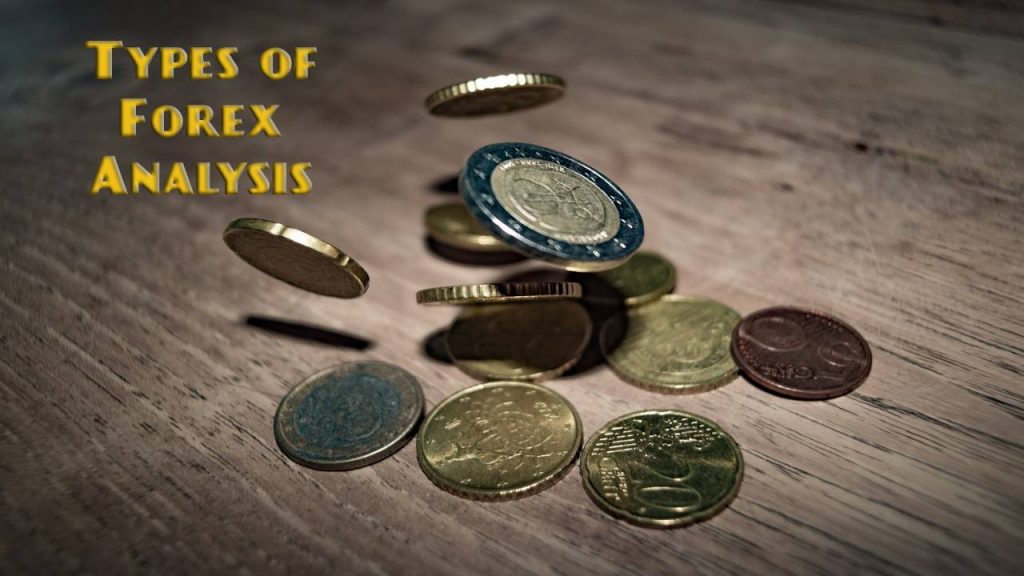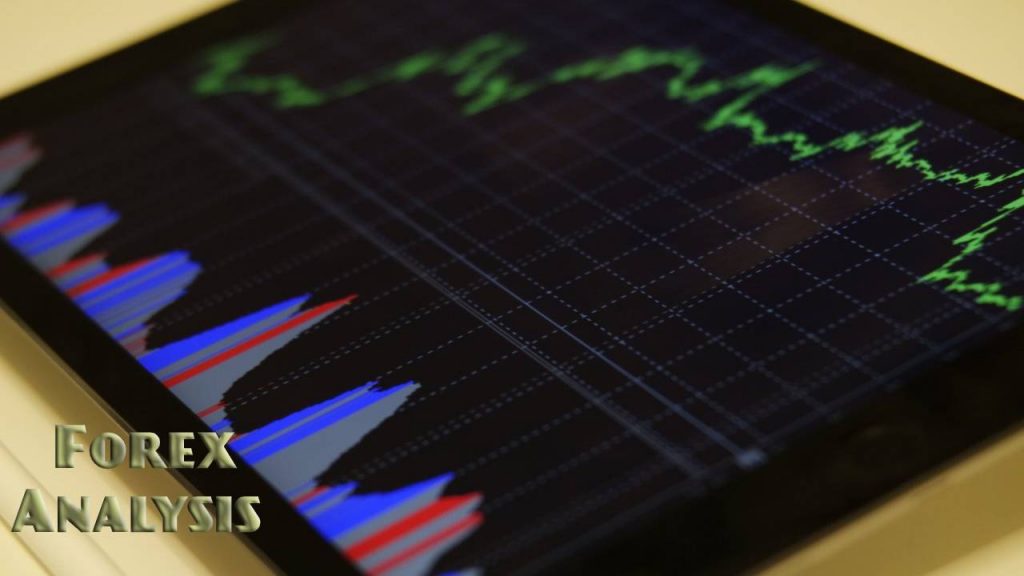Forex Analysis is where the great game of trading gets serious, and by jumping in there, you attain the power of dismantling the market to its core elements. Before you dive too deep in various analyzing process, I recommend you spend some time learning fundamental elements of the FX market. Learning Forex analysis without having any prior knowledge of these elements will be like reading a cricket scoreboard without knowing about runs and wickets.
So, familiarize yourself with the FX industry’s basic terms and jargon first and then study analysis.
After getting an overall grasp over different analysis systems, you will be just one action away from being a trader: placing an order.
Table of Contents
Essential Types of Forex Analysis

Forex is not a stable business. Its decentralized system has made it a global phenomenon. For this reason, any nuance movement in the global economy, politics and countless other sectors impact the market tremendously. CFD trading online might be a very popular business but if you learn to trade with discipline, it will be an easy task to boost your skills. Most importantly, you will be able to secure your financial freedom.
Thus, coming up with an ideal and comprehensive analysis that holds and depicts all the essential elements and data is nearly impossible. But doing analysis is necessary. You will come across different variations of analysis which are formulated out of necessity.
All these analyses can be categorized into three major types:
- Fundamental Analysis
- Technical Analysis
- Sentiment Analysis
These three analysis systems will provide you with three different perceptions on the market, and to get the most out of them, you must form a thinking process combing all of them.
Now let us learn a little more about them
1. Fundamental Analysis
This inspection system highlights the economic, political, and social aspects that affect different currency prices.
It uses the traditional supply-demand indication model and predicts the price course. However, the analysis gets dreary when it entails complete speculation of all the factors that affect the supply-demand chain.
You have to understand the major and minor instigators of a country’s monetary policy, the unemployment rate etc.
The fundamental inspection is simply an indicator of a good or evil economy of a country. It will demand you to have a deep understanding of geopolitics and macroeconomics.
2. Technical Analysis
However, this study examines all historical and traditional price action patterns and orders. This study gives traders the most theoretical outlook on the industry. It determines the exchange business’s probable future movement analyzing all technical factors, indicators, and some other tools.
Therefore, a technical study identifies forthcoming trends and uses reliable price charts and timeframes to indicate support and impediments.
It tells a marketer when to enter and exit a market and what positions are the best to deal with.
Before, disciplined marketer with risk management skills and the ability to control emotion defines a suitable trade strategy utilizing the technical study’s indications.
3. Sentiment Analysis
The sentiment inspection system identifies a merchant’s sentiment about a specific financial instrument. The general business consensus determines the state of a merchant’s feelings. More positive agreement generates more positive emotions.
Sentiment analysis helps a trader comprehend whether a market is going through a bullish or bearish movement.
At the last, if a sentiment piles overwhelmingly over a certain position, it specifies the type of commitment traders hold for that position.
Meanwhile, astute merchants analyze emotions in terms of retail and intuitional aspects to better understand the business position.
Conclusion
Knowing about these analyzation systems is only the halfway to success, and you can easily be an expert in Forex analysis. After extracting the right indications from all three analyses, an investor conceptualizes them into one summary. This summery may vary per trader as it is built upon a trader’s capability of deciphering different global movements and other key signs. Mastery over the whole process comes with repetitive practice and by gaining experience.


